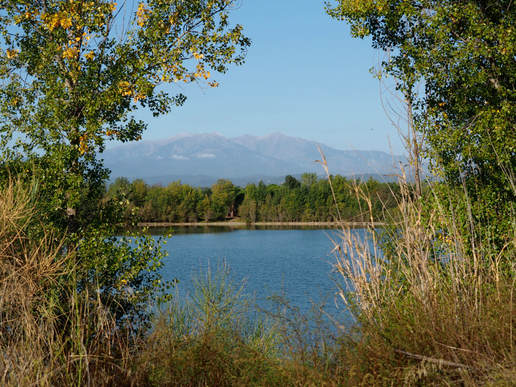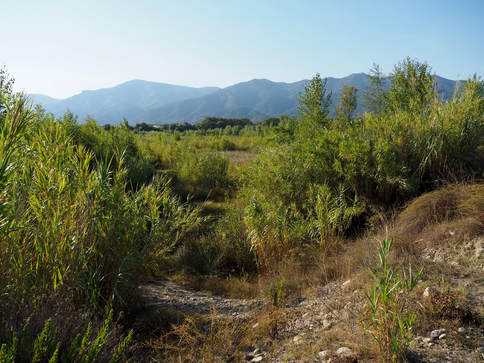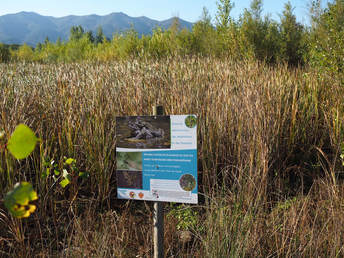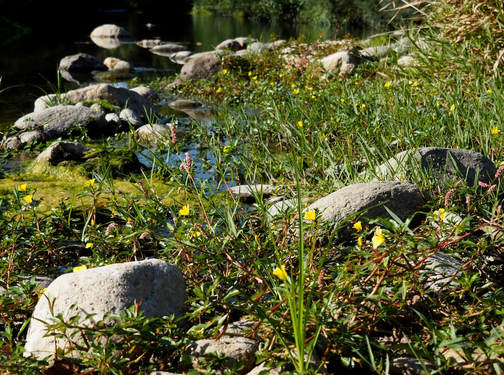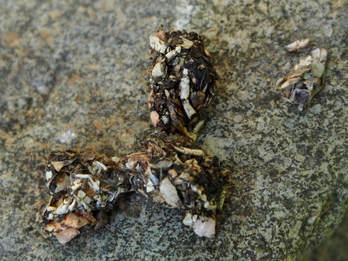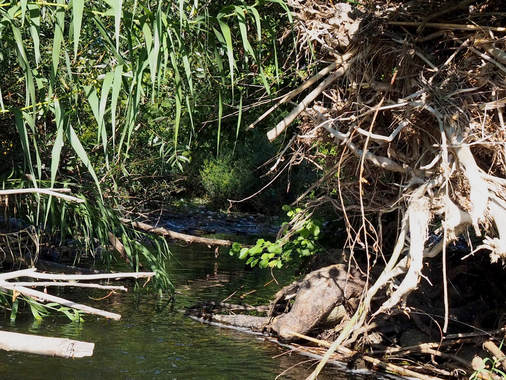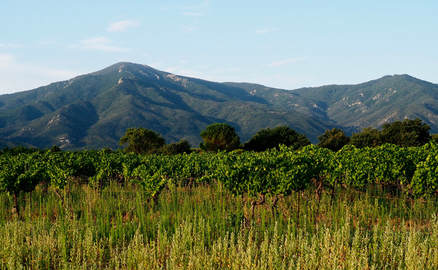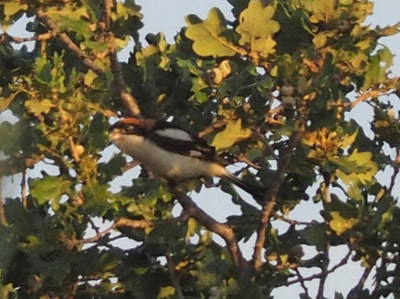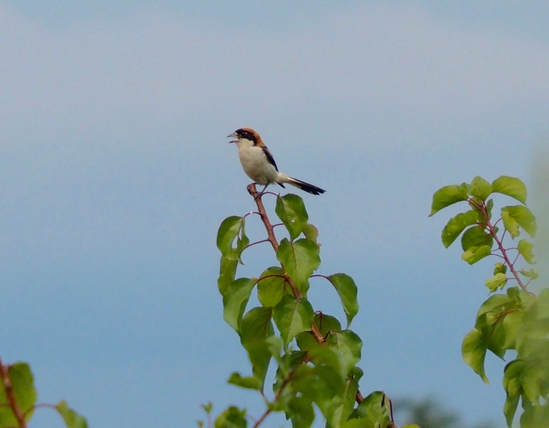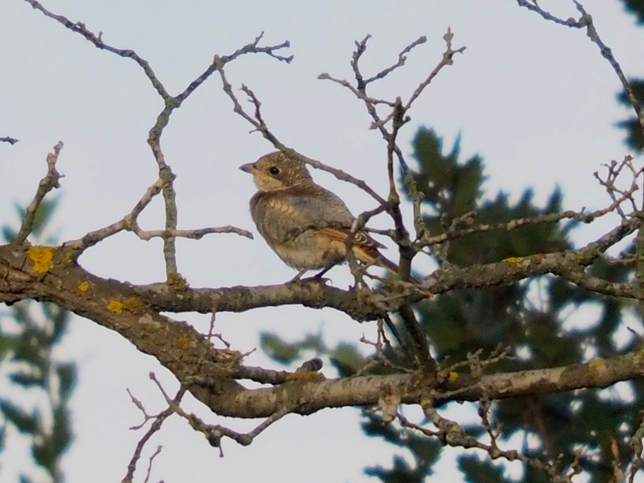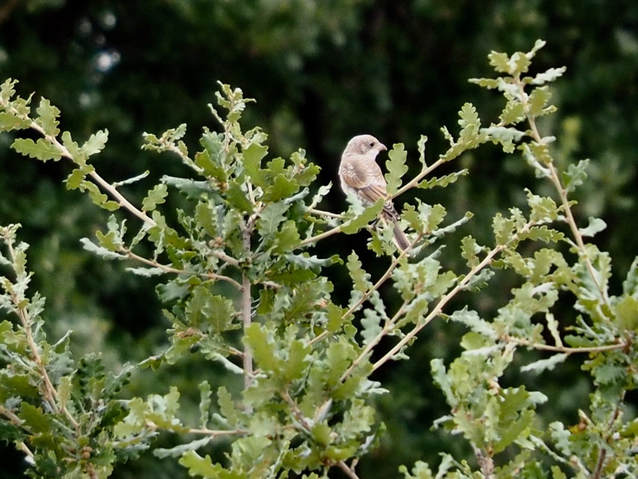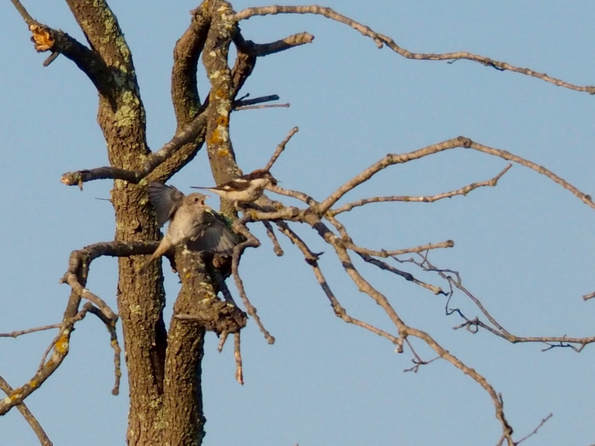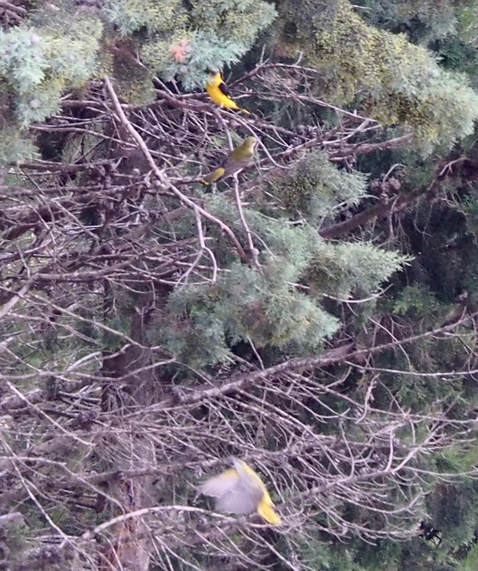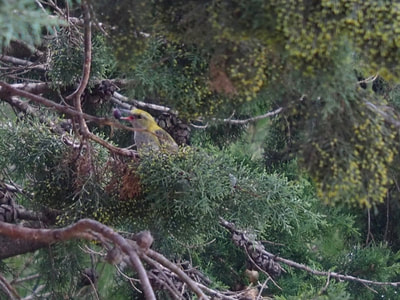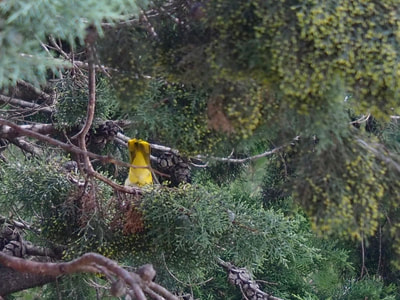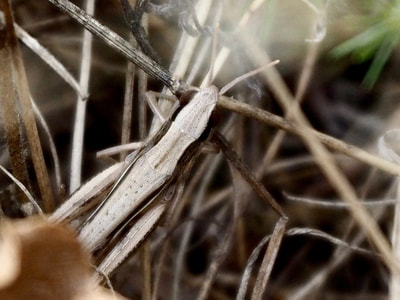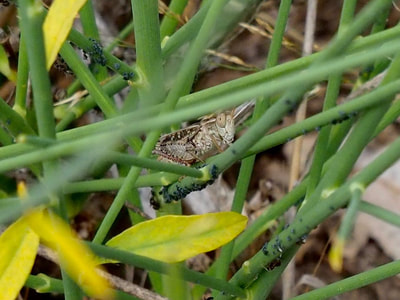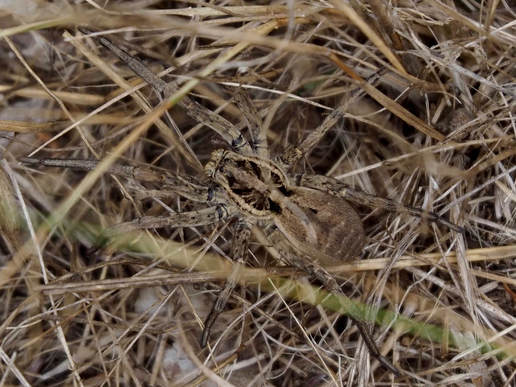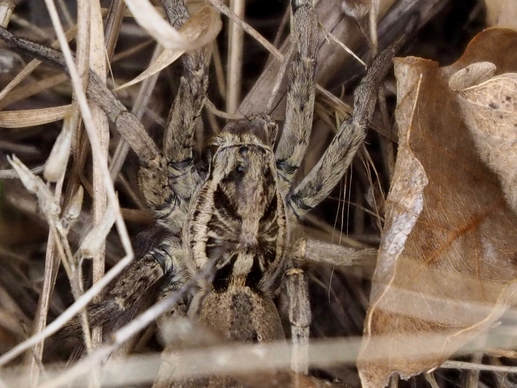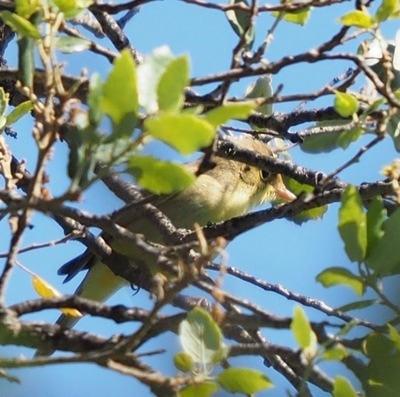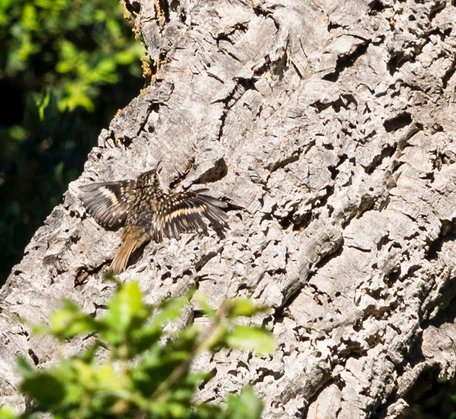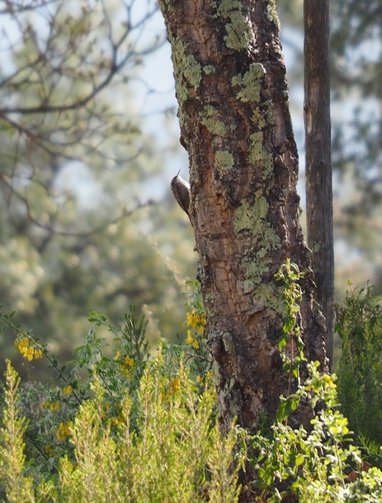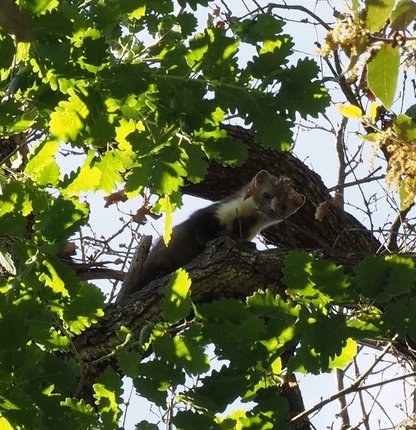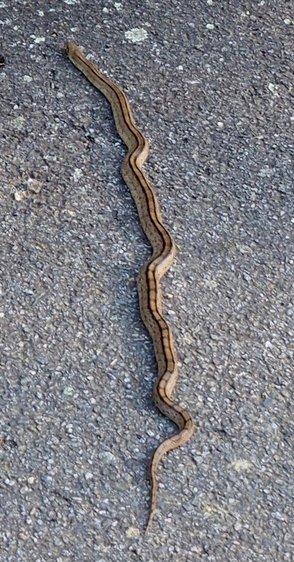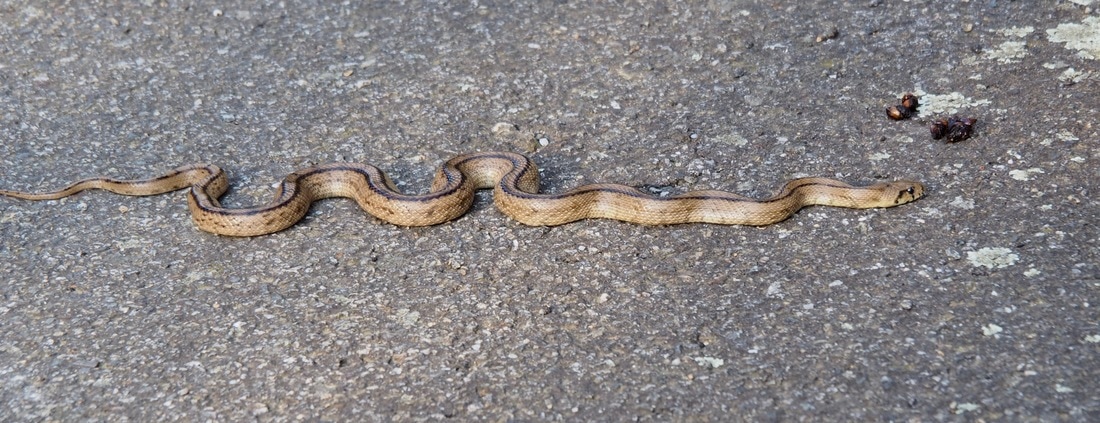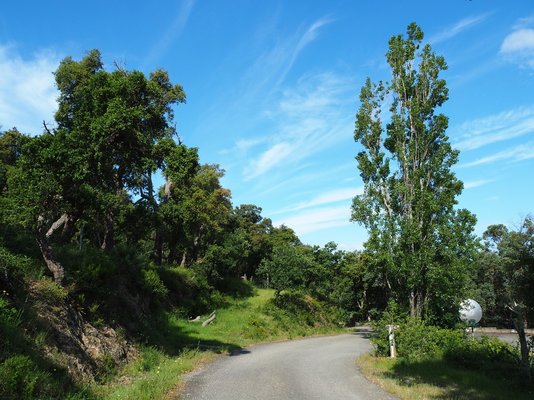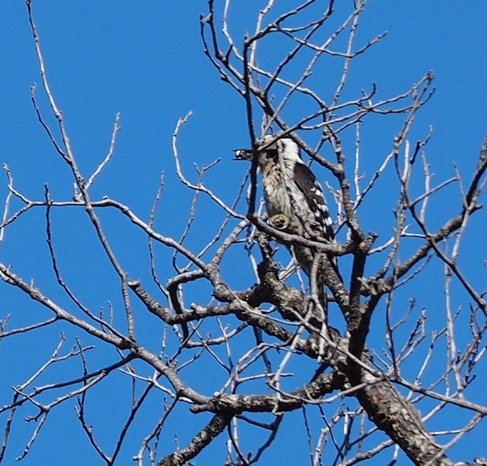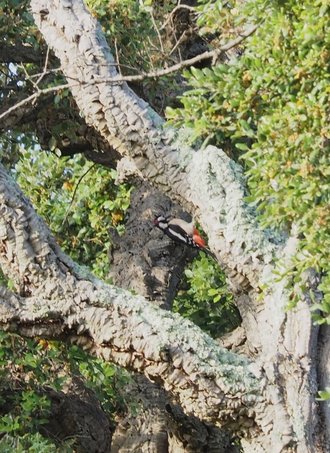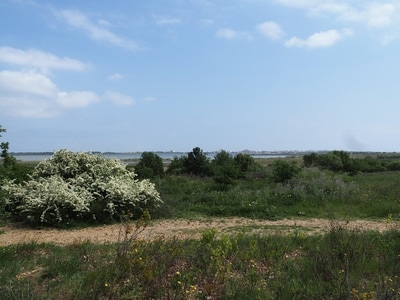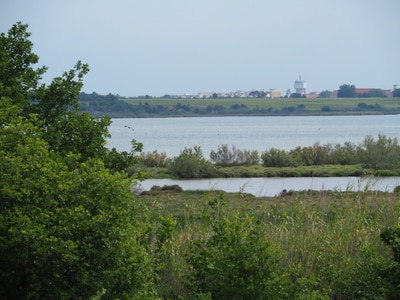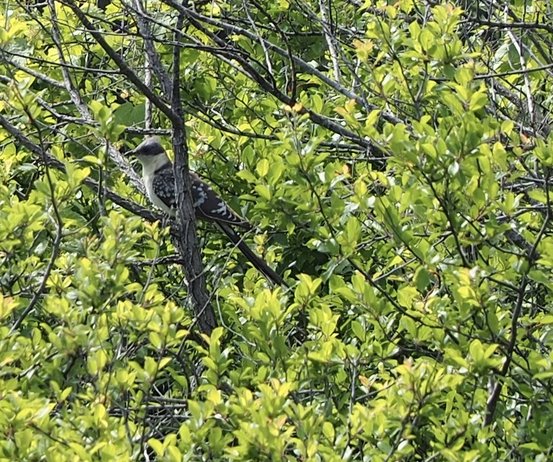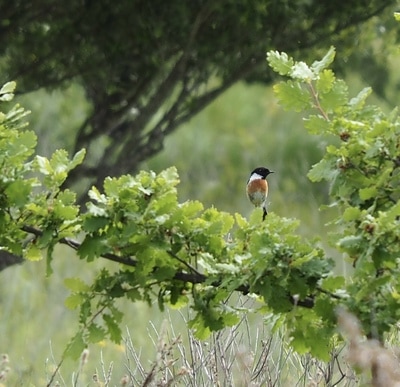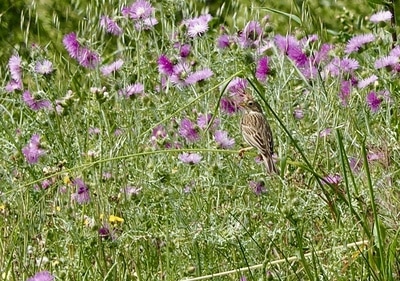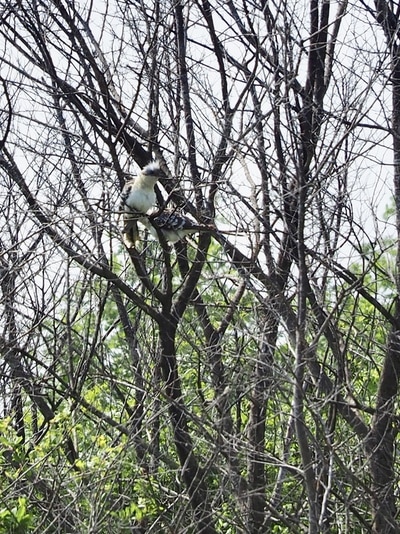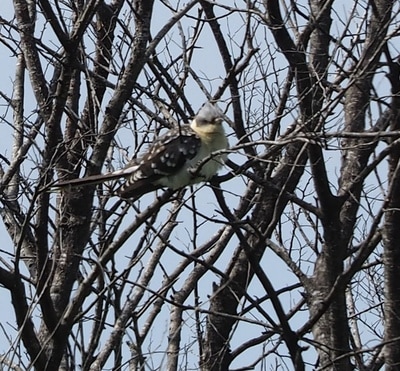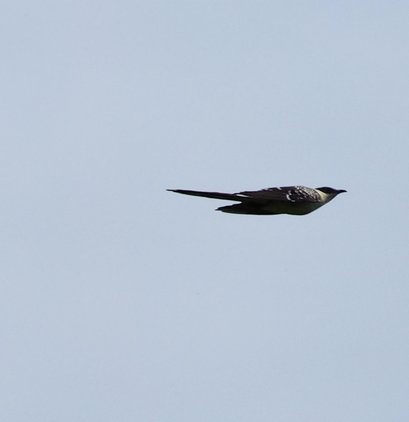One of the almost-inevitable aspects of the ex-pat life is that we sometimes travel back to Britain. We each have our favoured, or most convenient, way of doing it. If I am travelling alone, I get the wonderful one-euro bus from close to home, to Perpignan, and one of the smooth, spacious trains to Montpellier, from where I take a plane to Gatwick.
The train journey can be wonderful, and it was so, when I went that way before Christmas. It was a brilliantly sunny and windy day, quite blinding at times as the blazing light was reflected off the waves on all the étangs through which the railway wends its way. And all the way along, there were the usual birds, but in greater numbers than I had seen before. Many of them were quite close to the low embankment on which the train runs, enjoying its shelter, which meant that I saw them closer than I usually do. The train goes at quite a speed along this section, so I had fleeting views of an endless procession of flamingos, the pink showing clearly if they flew as the train approached, and the clean white of an equal number of egrets. Depending on exactly where we were, at times the background was a fairy-tale view of a lofty, snowy Canigou. In places, particularly in front of the bridge at Béziers, there were lots of gulls, equally vivid in the sun. On this day, the birds lit up the complex landscape of the étangs, marshes and old salt pans through which the line passes.
As world sea-levels rise, so, inevitably, must that of the Mediterranean, and the rich agricultural land, the vineyards and orchards that lie further west are fortunate in having this extensive and watery area as a barrier between them and the rising sea. In Britain, there are several places where farmland has been recently sacrificed to the sea, as marshes and pools dissipate the power of the rising seas and oceans much more effectively than solid barriers. (As British winters seem to be getting increasingly stormy, this will become more necessary with the passing of time:) And, as my recent journey proved, such areas are very beneficial to wildlife, too. My only worry is that one day the railway might get washed away!
